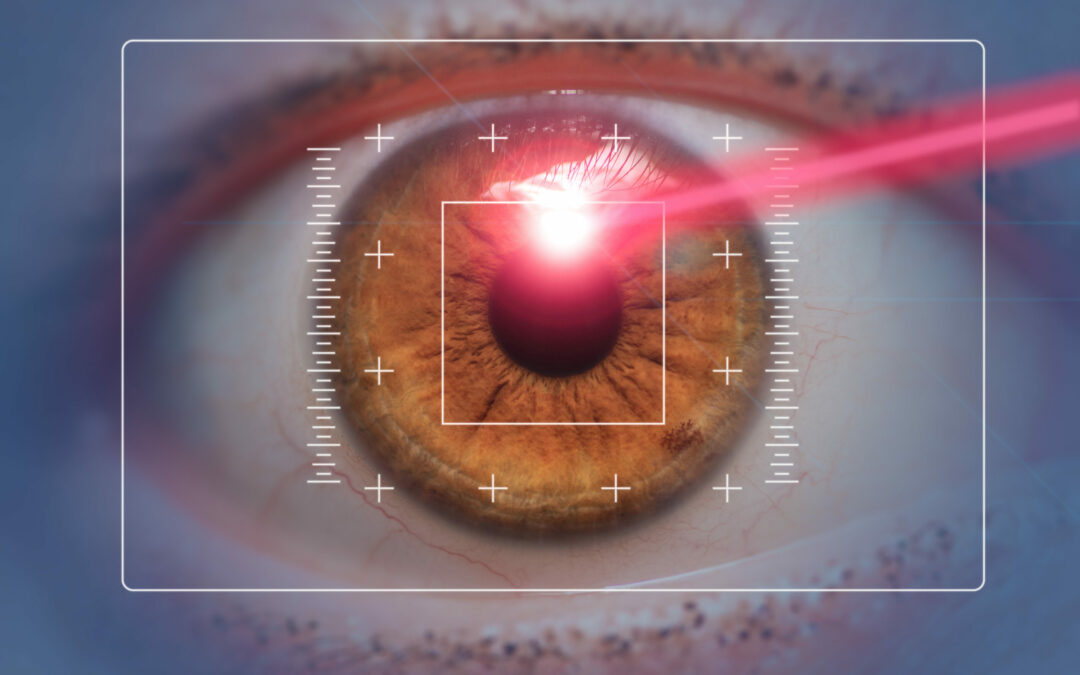
Revolutionizing Vision: The Power of Cutting-Edge LASIK Technology
In the realm of vision correction, Cutting-Edge LASIK Technology stands as a beacon of innovation, transforming the landscape of how we perceive and enhance our vision. This article explores the remarkable advancements in LASIK technology, shedding light on the precision and effectiveness that define the latest era of vision correction.
Understanding LASIK Technology: A Brief Overview
LASIK, or Laser-Assisted In Situ Keratomileusis, has evolved significantly since its inception. At its core, LASIK aims to reshape the cornea to correct refractive errors, such as nearsightedness, farsightedness, and astigmatism. Cutting-Edge LASIK Technology builds upon this foundation, introducing innovations that enhance accuracy, safety, and overall outcomes.
To delve deeper into the latest in LASIK technology, visit health-sourcing.com. Our resources provide comprehensive insights into the advancements shaping the world of vision correction.
Femtosecond Laser: The Precision Pioneer
One of the key components of Cutting-Edge LASIK Technology is the femtosecond laser. This advanced laser technology replaces the traditional microkeratome blade in creating the corneal flap during LASIK surgery. The femtosecond laser operates at incredibly fast speeds, allowing for precise and controlled corneal flap creation, contributing to improved safety and predictability.
Wavefront Technology: Personalized Vision Correction
Wavefront technology introduces a highly personalized dimension to LASIK procedures. By creating a detailed map of the eye, including its unique imperfections, wavefront-guided LASIK allows for a more individualized treatment approach. This level of customization enhances the potential for achieving sharper visual acuity and reducing issues like glare and halos.
Topography-Guided LASIK: Mapping the Corneal Landscape
Topography-guided LASIK takes precision to the next level by mapping the cornea’s unique curvature and irregularities. This detailed corneal mapping allows for a highly tailored treatment plan, addressing not only common refractive errors but also subtle irregularities that could impact visual quality. The result is an advanced level of precision in vision correction.
SMILE: Minimally Invasive Laser Vision Correction
Small Incision Lenticule Extraction, or SMILE, represents a minimally invasive approach within Cutting-Edge LASIK Technology. This technique involves creating a small incision to extract a lenticule from the cornea, offering potential advantages such as faster recovery times and reduced discomfort compared to traditional LASIK.
PresbyLASIK: Addressing Age-Related Vision Changes
PresbyLASIK is specifically designed to address presbyopia, the age-related loss of near vision. This innovative approach employs a multifocal treatment strategy, adjusting the cornea to enhance both distance and near vision. PresbyLASIK stands as a testament to the adaptability of LASIK technology to cater to diverse vision needs.
Artificial Intelligence Integration: Enhancing Precision and Predictability
Cutting-Edge LASIK Technology has embraced artificial intelligence (AI) to enhance surgical precision and predictability. AI algorithms analyze vast amounts of data to refine treatment plans, optimize outcomes, and contribute to a more seamless integration of technology into the LASIK surgical process.
Postoperative Care: Nurturing the Healing Process
While Cutting-Edge LASIK Technology enhances the surgical procedure, postoperative care remains crucial for optimal outcomes. Patients receive detailed instructions on aftercare, including the use of prescribed medications and follow-up appointments. Monitoring the healing process ensures that the eyes recover as expected and vision improves as intended.
In conclusion, Cutting-Edge LASIK Technology marks a significant leap forward in the field of vision correction. As technological innovations continue to redefine the possibilities of LASIK, individuals seeking clearer vision can benefit from procedures that are not only precise and effective but also tailored to their unique visual characteristics.



